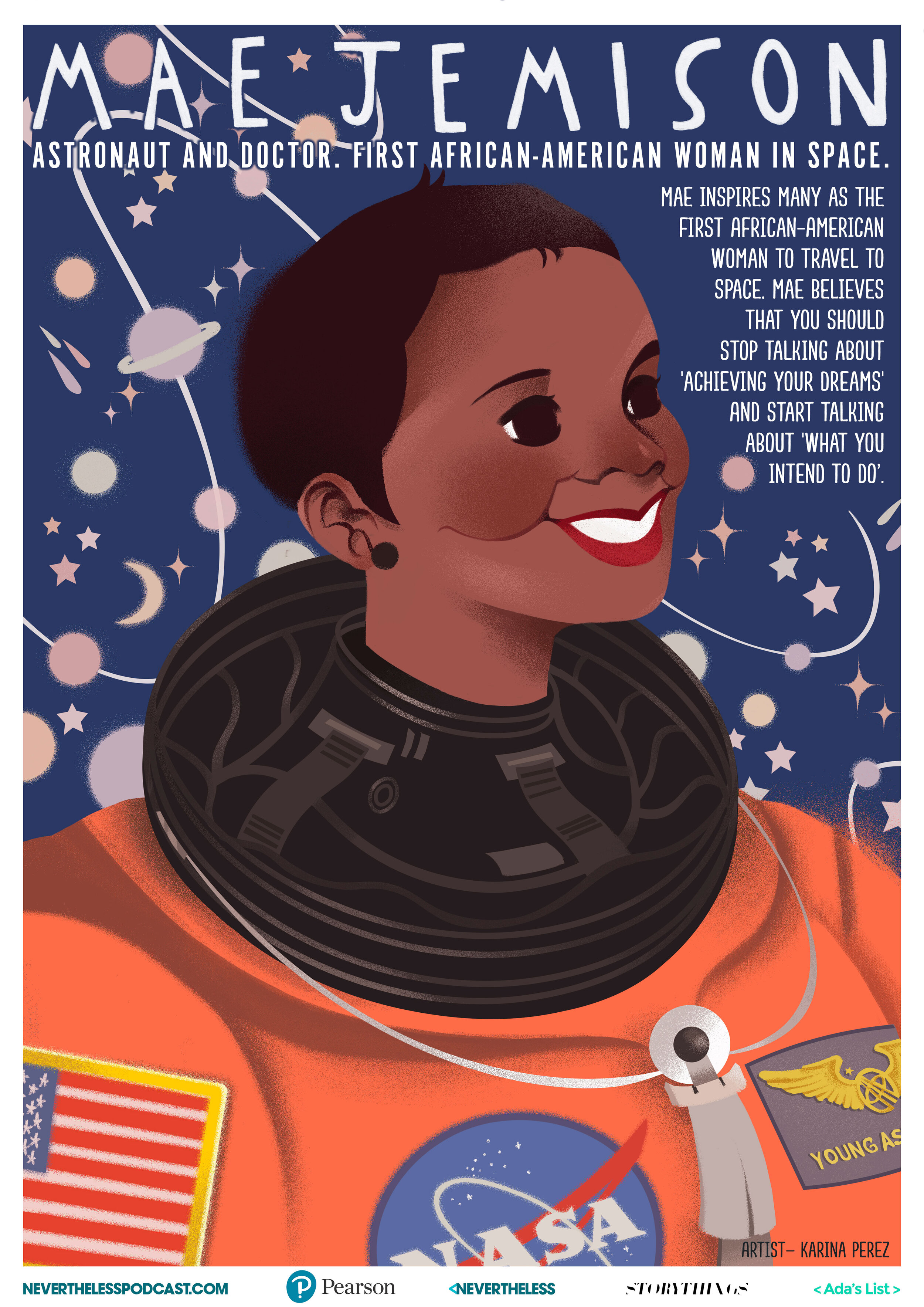Celebrating International Women's Day 2020
“An equal world is an enabled world. How will you help forge a gender equal world? Celebrate women's achievement.
Raise awareness against bias. Take action for equality”
-International Women’s Day, 2020
The teaching profession has a high proportion of females; 80.9% of primary teachers, and 58.4% of secondary teachers (ACER, 2014) are female. Recent data regarding Australian university graduates also shows that 97% of pre-primary teachers, 85% of primary teachers and 68% of secondary teachers are females who will be entering the profession in years to come (OECD, 2020). Here’s to the women who make up, but are so much more than, these statistics. Here’s to the women who are inspiring our young people every day. Here’s to the women who work tirelessly to provide students with the best education they can give. Thank you for all that you do.
In celebration of International Women’s Day, we have put together some resources and ideas that you can use in your classroom with your students. These are resources that will support teachers in sharing the goals of International Women’s Day. Let’s inspire our students, celebrate women’s achievement, raise awareness against bias and take action for equality.
Analysis of Gender stereotypes in Fairy-tales:
As an introduction to analysing gender stereotypes, consider using fairy tales which are often familiar texts. Students can read these short stories and consider how both males and females are portrayed: this includes paying attention to the verbs that are used to describe the action taken by both genders, their physical appearance and the overall plot. We have used the Grimm’s brother’s version of Sleeping Beauty to complete this analysis, which you can download here. An annotated copy of the story to assist with the analysis is available here. There are many other fairy tales that work well for this task. Consider Snow White and the Seven Dwarfs, Cinderella, Rapunzel or Beauty and the Beast. You could even run this as a group task and give different fairy-tales to groups of students, and then get them to find the similarities in how gender stereotypes are constructed.
If you would like to turn this into a writing activity, students can rewrite one of the original fairy-tales and either remove, or reverse, some of the gender stereotypes: for example, they could write a fairy-tale where the princess rescues the prince.
Research task: Trailblazing Women
Researching inspirational women in your subject area is one way to share the achievements made by women around the globe. Inquiry questions could include:
How did this woman spend her early life?
What is her chosen career and what are her career achievements?
What obstacles has she faced and how did she overcome them?
How does this woman inspire others?
How does this woman inspire you?
What is her legacy?
Teach starter has created profile resources on local women such as Brooke Boney and Jessica Watson, as well as Malala Yousafzai, J K Rowling, Greta Thornburg, Dr Mae Jemison, Yuna Kim and Obiageli Ezekwesili that you can download here.
Another resource available to you are STEM posters that can guide your research on famous women in the Science, Technology, Engineering and Maths field including Cyntia Breazeal, Rosalind Franklin, Dr Hayat Sindi, Juliana Rotich, Maria Da Penha and more.
For an Australian focus, consider also researching women who take pride of place on our banknotes. These include Edith Cowan, Queen Elizabeth II, Dame Mary Gilmore, Mary Riebey and Dame Nellie Melba.
Or, as a Physical Education inquiry, consider having students research one of our current local female sporting heroes, including tennis champion Ash Barty, surfer Sally Fitzgibbons, golfer Hannah Green, cricketer Ellyse Perry, soccer player Sam Kerr, basketballer Liz Cambage or AFLW player Tayla Harris. You can look through the list of 50 of the most influential women in Australian sport here for more inspiration.
For History, students could research women in inspired a movement. This could include American Civil Right’s Activists, women who fought for the vote and women behind the #metoo movement, including Tarana Burke, just to name a few.
In English, study women who fought for equality using words as their weapon, such as poets Sylvia Plath, Maya Angelou, Emily Dickinson, Adrienne Rich and Gwen Harwood. Plath’s poem Mushrooms (1960) is one of my favourites, and can be used as a hook before student’s begin their research. If you’d like an analysis of Plath’s poem, visit Shmoop. A curation of other poems suitable for analysis are available on Pan Macmillan’s website.
Of course, there are also films that you can study that spotlight on some of these inspirational women. Hidden Figures, a 2006 biographical drama, tells the story of a team of female African-American mathematicians who served a vital role in NASA during the early years of the U.S. space program. Suffragette (2015), a historical drama, follows the late nineteenth and early twentieth century’s women’s suffrage movement in the UK. The Sapphires (2012) tells the story of four indigenous Australian women who form a music group and travel to Vietnam in the 1970s to sing to the troops.
If you would like more resources and activities, visit the International Women’s Day website.
References:
ACER, 2014, Staff In Australia’s Schools, accessed 6/3/20 via https://docs.education.gov.au/system/files/doc/other/sias_2013_main_report.pdf
International Women’s Day, 2020, accessed 7/3/30 via https://www.internationalwomensday.com/
OECD (2020), Women teachers (indicator). doi: 10.1787/ee964f55-en (Accessed on 07 March 2020)








